Automatic Flushing: Touch-free toilets often incorporate infrared sensors that can detect when a user has finished using the toilet. The sensor activates the flushing mechanism automatically, eliminating the need for the user to touch the flush handle.
Hands-Free Faucets: In addition to touch-free flushing, modern bathrooms may also include hands-free faucets. These faucets use sensors to detect the presence of hands beneath the tap and dispense water accordingly. This reduces the risk of spreading germs from contaminated surfaces.
Automatic Soap Dispensers: To maintain a touch-free environment, automatic soap dispensers can be installed. These dispensers release soap without requiring users to touch any buttons or handles.
Touch-Free Dryers or Paper Towel Dispensers: After washing hands, touch-free hand dryers or automatic paper towel dispensers can be used. These devices operate with sensors to provide a hands-free experience.
Toilet Seat Covers: Some touch-free toilets also offer automatic toilet seat covers. After each use, a new disposable cover can be automatically placed over the toilet seat, ensuring a clean surface for each user.
Smart Toilets: Smart toilets may come equipped with additional features such as bidet functions, heated seats, and air purifiers. These toilets can be controlled through remote controls or smartphone apps, further reducing the need for physical contact.
Voice-Activated Controls: Some advanced systems allow users to control toilet functions through voice commands, reducing the need for physical interaction altogether.
The primary advantages of touch-free water closets include improved hygiene, reduced risk of germ transmission, and increased convenience. These features are often found in public restrooms, commercial buildings, and high-end residential spaces. As technology continues to advance, we can expect further innovations in touch-free restroom fixtures.

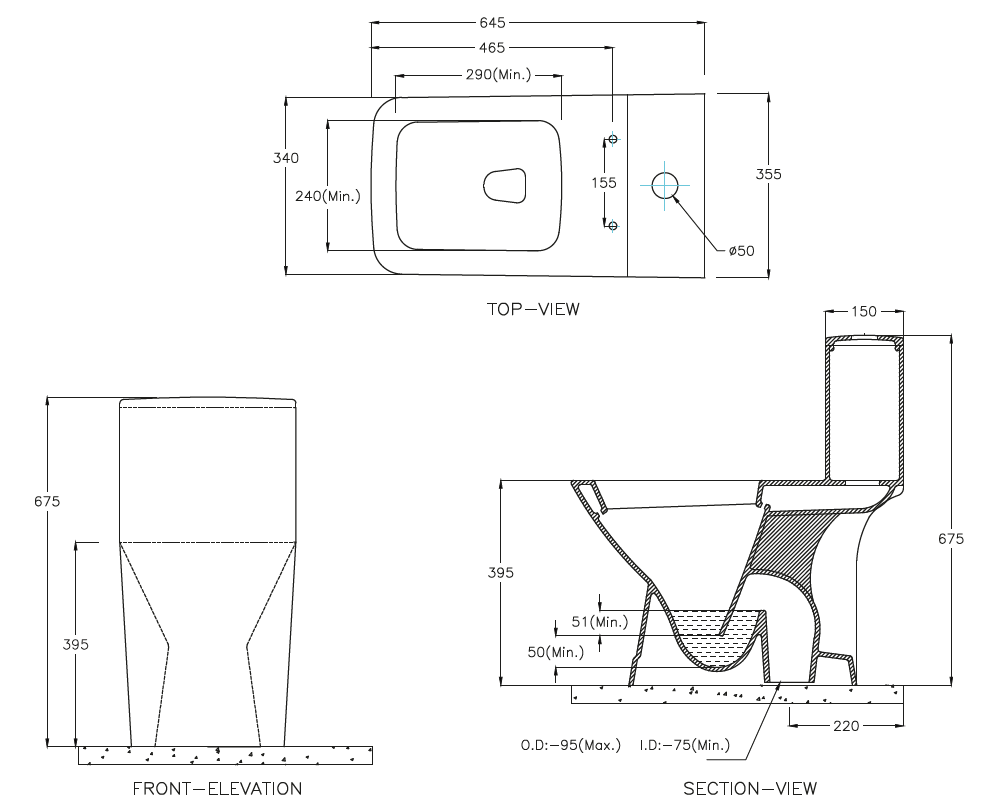 A touch-free water closet refers to a toilet or restroom fixture that allows users to interact with it without the need for physical contact. This type of technology has become increasingly popular due to its hygiene benefits and convenience. Several technologies and features contribute to making water closets touch-free:
A touch-free water closet refers to a toilet or restroom fixture that allows users to interact with it without the need for physical contact. This type of technology has become increasingly popular due to its hygiene benefits and convenience. Several technologies and features contribute to making water closets touch-free: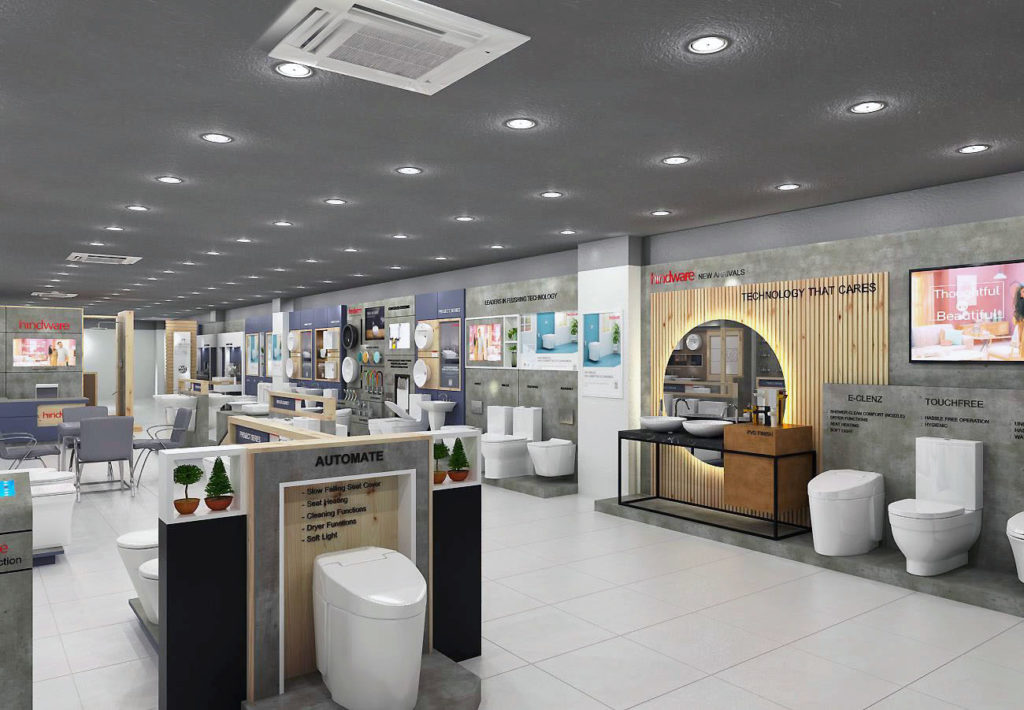
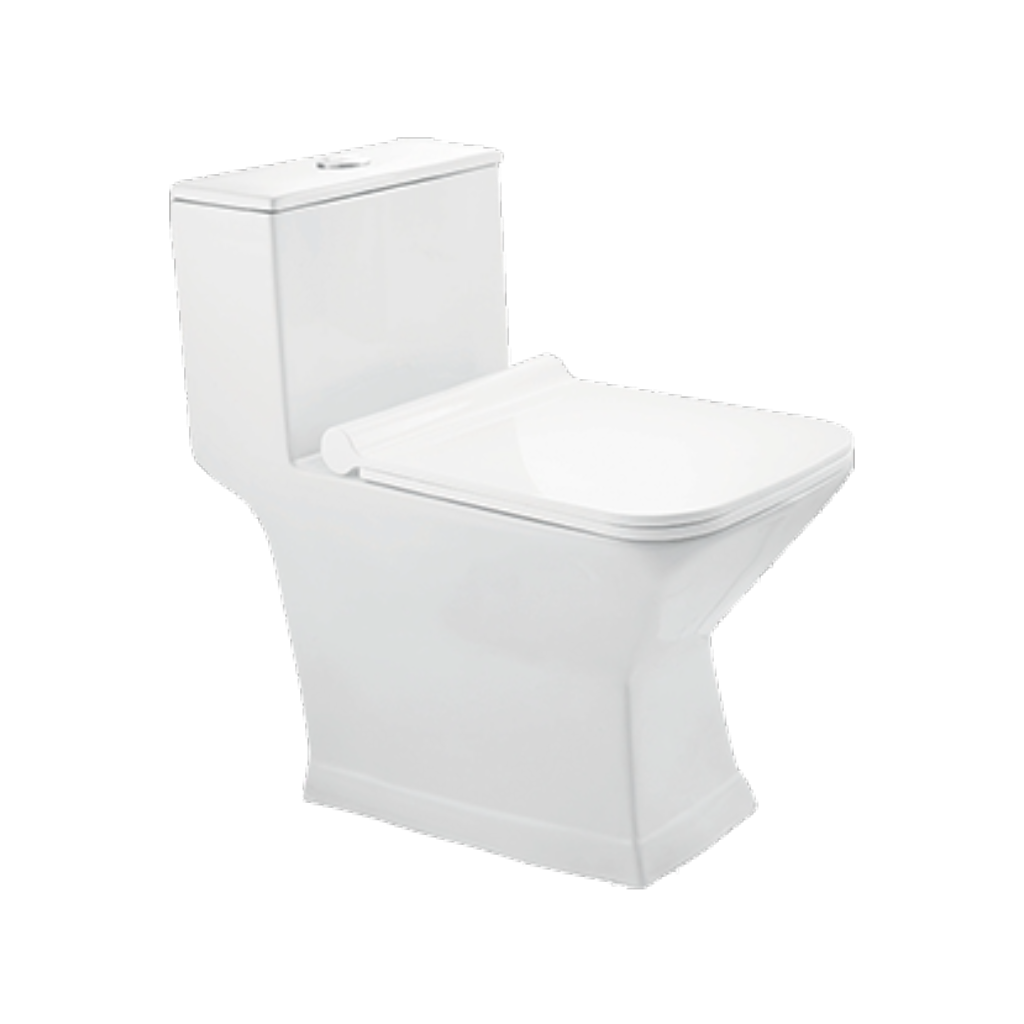

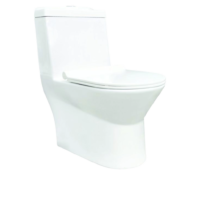
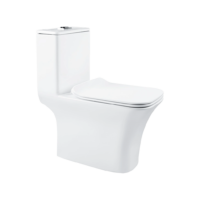
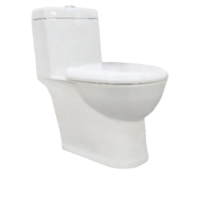
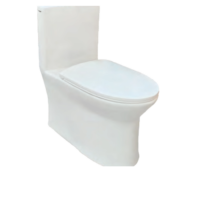
Reviews
There are no reviews yet.